In an “historic draft rule” released for consultation on Thursday the AEMC has proposed to open up the wholesale electricity market in order that big energy consumers can be more easily compensated for reducing their demand upon the grid in peak hours (typically between 2-7pm).
The proposal would allow non-retailers to offer demand response direct to the market for the first time. Although if the proposal is approved it would not take effect until at least July 2022, coinciding with the closure of the Liddell coal-fired power station, and would only be open to commercial and industrial consumers, not households and small customers. However, AEMC has committed to reviewing what consumer protections would be required to incorporate smaller actors into the mechanism over the next 12 months.
Small consumers can already participate in demand response if they have a smart meters and opt to have time-of-use pricing (ToU), or sign up for direct load control. Indeed, innovative retailers such as Amber Electric give solar customers access to wholesale prices, incentivizing them to reduce demand – turn the air conditioning off and head to the cinema during a heatwave – and be properly compensated for solar exports. Although, new research released this month by The Australia Institute (TAI) found that ToU alone can actually increase a household’s energy bill by quite a significant amount.
Ultimately, AEMC’s proposal is better late than never. AEMC has been seeking solutions to the rolling blackouts and the integration of diverse energy sources like solar PV for some time now, especially since its own Reliability Frameworks Review recommended the facilitation of more demand response in the wholesale market for at least the last two years.
AEMC Chairman John Pierce said changes would be put in place as quickly as possible to help take the pressure off the power system by meeting our electricity needs through the lowest cost mix of demand response and supply. “Taking demand pressure off the power system is a substitute for generation and helps tackle rising wholesale prices at peak times reducing electricity costs for everyone,” said Pierce.
“Demand response as an alternative to peak, high cost generation, should mean lower peak wholesale prices (which have been the biggest driver of cost increases in the past couple of years),” said Pierce, “that benefits every consumer in the national electricity market.”
Industry reaction
Many industry bodies have been calling for this draft rule, including the Total Environment Centre, The Australian Institute and the Public Interest Advocacy Centre; the Australian Energy Council and the South Australian Government. “Right now,” said Pierce, “only retailers can offer this service. New businesses wanting to enter the market, and some consumers, say retailers haven’t done enough to encourage demand response. On the other hand, retailers say change is underway and that adding new players will end up costing consumers more.”
AEMC’s proposal is anticipatory of the rapid innovation and technological advancement taking place in the market. “Technology is developing fast and changing the economics of the market,” said Pierce. “It won’t be long before digitalisation gets to the point where a truly two-sided market is possible… We want to start opening up the system so when technology is mature enough there is a clear runway for widespread demand side participation to take off.”
The Australian Energy Council (AEC) welcomed the draft determination “as an important step forward in addressing the significant implementation challenges and costs of expanding the Wholesale Demand Response Mechanism.” Though AEC Chief Executive Sarah McNamara warned that “while [the draft] is an improvement on what was proposed by some parties, [it] will still add complexity to what is an already complex wholesale market settlement arrangement.”
Energy Minister Angus Taylor told The Canberra Times he was pleased to see the draft rule. “Consumers that work together will have improved negotiating power and will get a better deal,” said Taylor, “that’s an important change.”
Under the draft rule change, consumers will be able to sell their demand reduction through new third-party providers.
This content is protected by copyright and may not be reused. If you want to cooperate with us and would like to reuse some of our content, please contact: editors@pv-magazine.com.

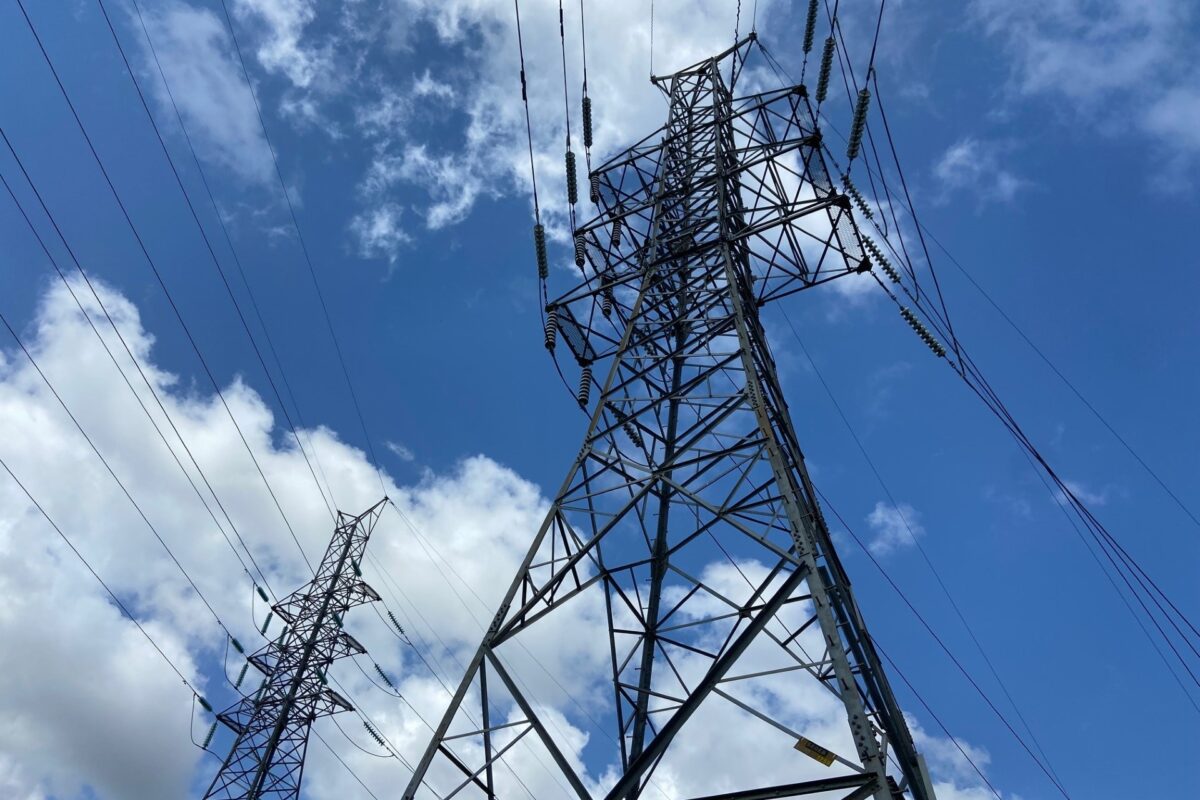


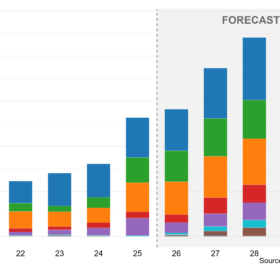
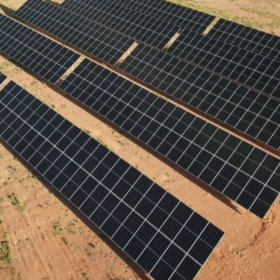
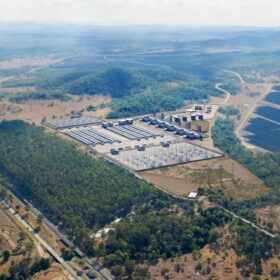
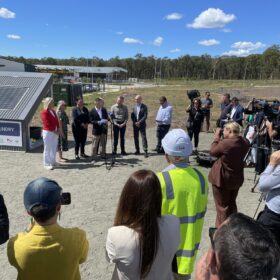
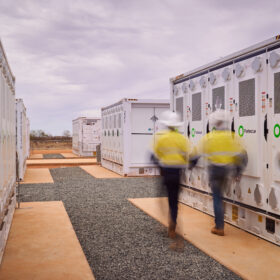
Please explain why consumers will be charged MORE under this regime.
Hi Peter, I don’t believe that consumers will be charged more. Rather, and I hope the article sets this out, there are significant opportunities for system cost reductions and peak wholesale price reductions – which should both result in consumers paying less.
However, some more innovative residential tariff structures can expose consumers to wholesale prices – including during very high peaks. Check out this chat with Amber Electric that provides some insights: https://www.pv-magazine-australia.com/2019/02/15/interview-how-solar-storage-and-wholesale-pricing-can-deliver-a-win-for-households/